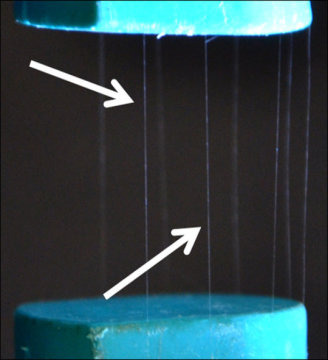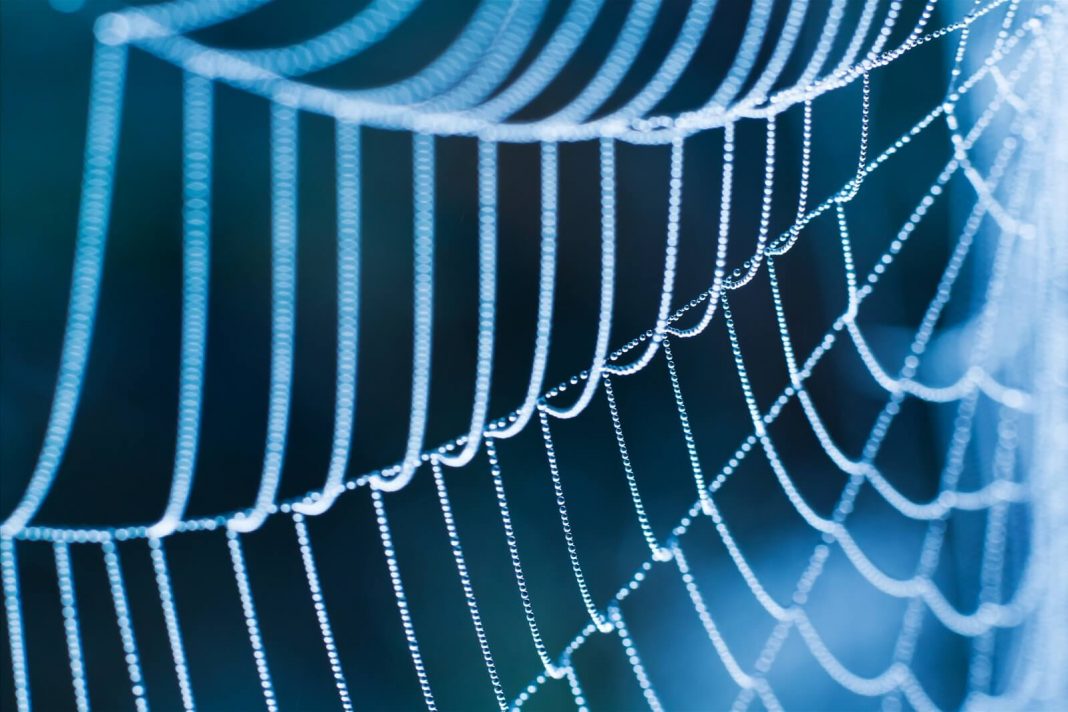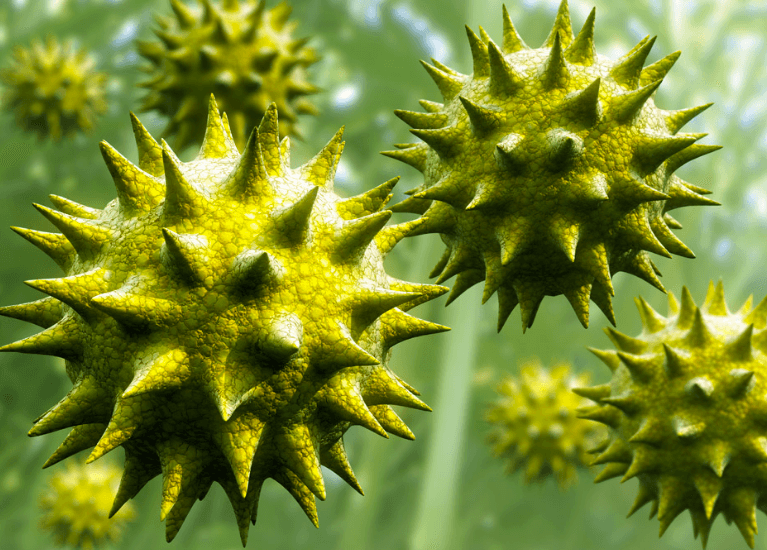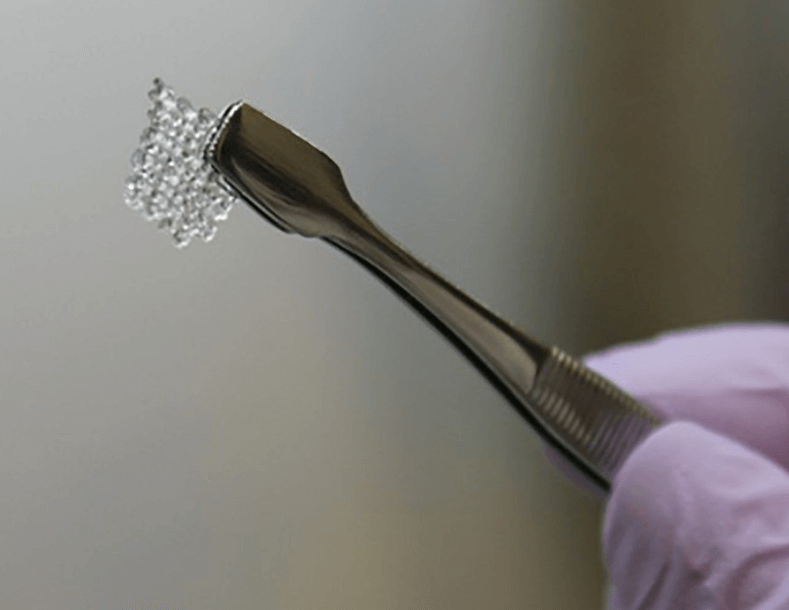Spider silk may soon become used to help create artificial ligaments and medical implants for patients if researchers from Stockholm’s KTH Royal Institute of Technology get their own way. Created using a combination of spider silk proteins and nano-cellulose from wood, this is the strongest example of artificial silk fibers anyone has ever produced. And another great thing is that it’s low-cost and extremely scalable.
“We have developed a high-performance hybrid material where we are able to combine the stiffness of cellulose with the toughness and functionality of recombinant silk,” commented researcher Daniel Soderberg. “Furthermore, we show that by fabricating filaments using a microfluidic process we are able to get never-seen-before properties.”

This new type of wood-based spider silk could be used in various medical processes a stems from the possible medicinal properties that spider webs may hold. Ancient Romans were believed to have used more solid webs as a way to dress soldiers’ battle wounds. “The unique combination of strength, flexibility, and bioactivity in a biocompatible material is very attractive for both implants and tissue engineering applications where load-bearing constructs are needed, such as hip prosthesis, bone, ligaments, and tendons,” said co-author My Hedhammar.
Being able to combine the artificial web’s non-toxic properties with that of its strength may well lead to exciting times ahead. “There are several interesting routes forward,” said Hedhammar. “For example, we want to look into how this method can be used for large-scale production. We are also eager to create more advanced 3D structures.”
More News to Read
- First Stop: the Moon, Second Stop: Mars
- Google’s New Artificial Intelligent Chip and Supercomputer are Ready to Kick Butt
- What Instruments Would You Want With You On a Mission to Europa?
- How to Ensure Your Laptop Battery Dies Less Often
- Are These Mini Spherical Reactors the Answer to Fusion Energy’s Problems?











